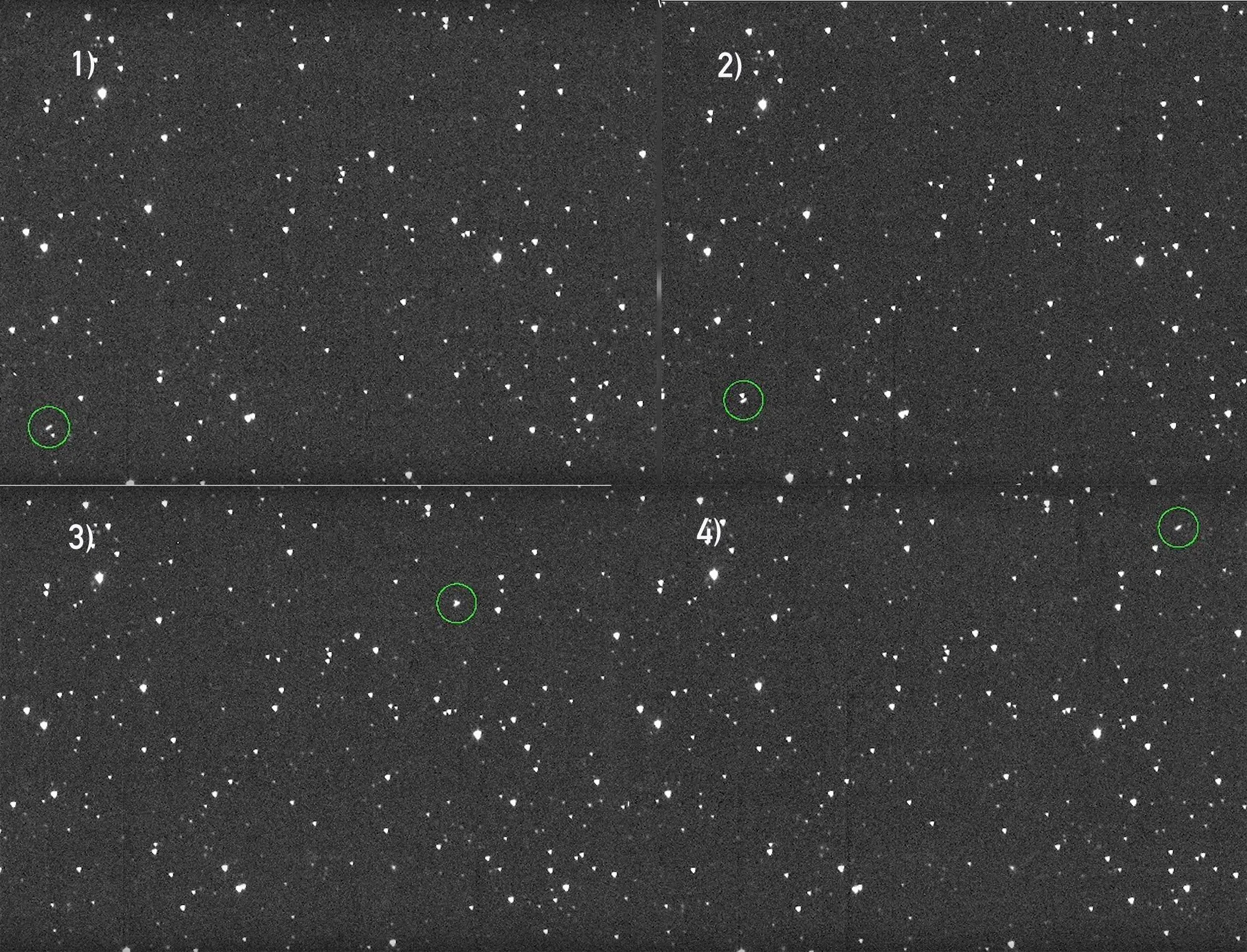Asteroid 2024 YR4 targeting the Moon
Discovering asteroid 2024 YR4
You probably heard about the asteroid called 2024 YR4, which became famous after it was discovered by the NASA ATLAS system on December 27, 2024. According to initial calculations, this asteroid of considerable size would get uncomfortably close to Earth on December 22, 2032; fortunately, now we know this is not the case.
Although now NASA has reduced the probability of impact of this asteroid to almost zero, identifying these potentially hazardous objects is critical and key to NASA's Planetary Defense Coordination Office, which manages agency efforts to find, track, characterize, and – if necessary – mitigate against near-Earth objects (NEO) impacts.
How we know Earth is safe
The story of how the news about this asteroid propagated and the reaction of the astronomical community is an example of how prepared we are and want to be to tackle a problem like this.
That is why on January 31, 2025, when the available observations indicated the asteroid reached 3 on the Torino Scale, which meant it had a 1% or greater chance of a collision that could cause local damage, it got the astronomical community's attention.
Of course, astronomers worldwide took action by making a series of observations to confirm or rule out the risk. By March 26, 2025, experts at NASA's Near-Earth Object Studies (CENOS) had 476 observations of the asteroid, allowing them to calculate more precise models of the asteroid's trajectory. Using the new calculations, NASA updated the impact probability to 0.004% or 0 on the Torino scale, with no significant potential for this asteroid to impact our planet in the next century. However, this asteroid still has a very small chance to impact the Moon on December 22, 2032. That estimated probability is currently 3.8%.
JWST’s participation
Some of the observations used by NASA came from the James Webb Space Telescope (JWST) telescope, which, thanks to its infrared capabilities, allowed astronomers to determine the size, shape, and composition of the 2024 YR4 asteroid. This was done by putting together the information in the mid-infrared wavelengths observed by MIRI and the near-infrared observed by NIRCam. MIRI captures the heat given off by the asteroid itself and provides information about its shape and size. The NIRCam data, on the other hand, observes the reflected light, giving information about the asteroid's composition.
Initial analysis of the JWST data by astronomers at the Johns Hopkins University Applied Physics Laboratory indicates that the size of this asteroid can be constrained to about 60 meters (200 feet) in diameter. This size is consistent with other observations that it is an S-type asteroid made mainly of iron- and magnesium-silicates. This asteroid's surface is probably dominated by rocks that are maybe fist-sized or larger.
Planetary Defense
To track asteroids like 2024 YR4, the international community continuously scans the sky in search of potential threats to Earth. For more information, you can refer to international and US-based projects:
The International Asteroid Warning Network (IAWN).
NASA Jet Propulsion Laboratory (JPL) Center for Near-Earth Object Studies (CENOS)
NASA’s Asteroid Terrestrial-impact Last Alert System (ATLAS) in Chile. IAU Minor Planet Center
ATLAS comprises several telescopes around the world and is managed by the University of Hawaii's Institute for Astronomy.
ATLAS will provide a warning time depending on the size of the asteroid -- larger asteroids can be detected further from Earth. ATLAS will see a small (~20-meter) asteroid several days out and a 100-meter asteroid several weeks out.

